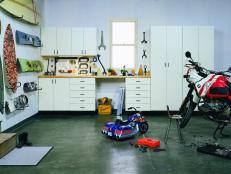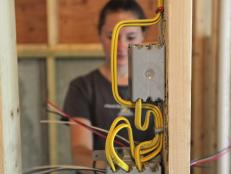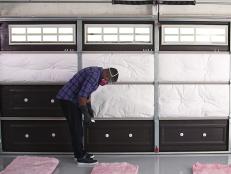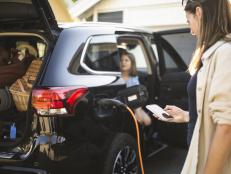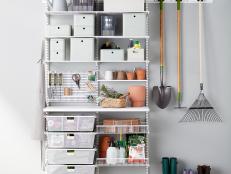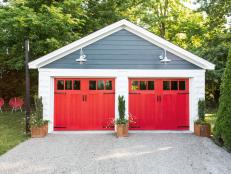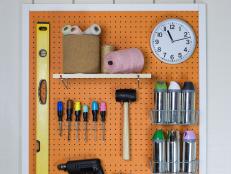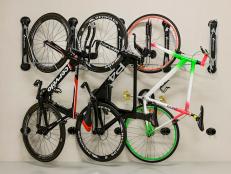Garage Plumbing Basics
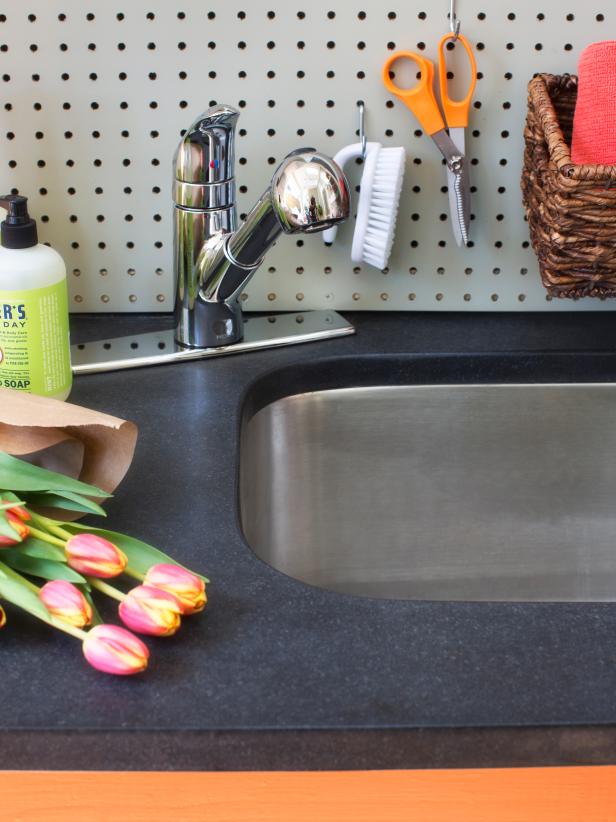
As garages become all-around utility spaces, we're asking more and more from them. In addition to heavy-duty work, we also use them as staging areas for muddy or wet clothing, for example. Adding plumbing becomes less of a luxury and more of a necessity.
As you plan for plumbing, consider how you’ll use the space: doing laundry, bathing a pet, taking a shower, cleaning paint brushes or tools, potting plants. An all-purpose utility sink can keep your kitchen or bath from becoming a catch-all cleaning site. A half-bath might also be handy, particularly if you want your garage to function as a man cave (adding a urinal is not unheard of). If you're thinking of adding a refrigerator with an icemaker, you'll need a water line for that as well.
Water heaters are commonly placed in garages. If you’re remodeling or building, it’s a good time to consider installing a new one, whether it’s a tank or tankless style. Plumbing also includes running gas lines as needed — if you're not adding a new line, consider bringing your current one up to code, if it isn't already.
Retrofitting a garage for plumbing is a challenge best handled by a pro unless you are a seasoned DIYer. Adding a sink, tub, shower, washing machine, or toilet means that you’ll need water lines run, drain lines connected, and shutoff valves added. Water lines can be run through the walls, but drain lines have to be taken through the floor. That involves cutting the garage floor to allow for the pipes if the work is being done on an existing foundation.
For a new build, these plumbing considerations are part of the initial planning. Also, your line connection will require tunneling or trenching through your yard or driveway, depending on the location, and connecting to a sewer or septic system.
Carefully consider the location of water-dependent appliances. You'll want them out of the way, but in a logical spot that provides easy access. Washing machines and dryers are most convenient when they’re added near the entrance to the main part of the house. Utility sinks, tubs, or bath components may make sense closer to the garage doors.
Adding a basin for a washing machine is a good idea to handle overflows or leaks. A drain line for the washing machine is an obvious must, but a floor drain also helps — while you are adding drain lines for appliances and fixtures, add a floor drain at a central location in the garage floor. Keep in mind that the floor will need to be sloped toward the drain to allow water to flow toward it.






